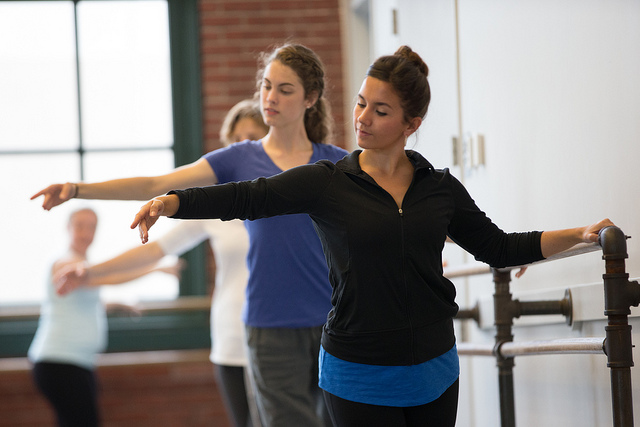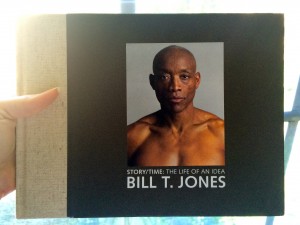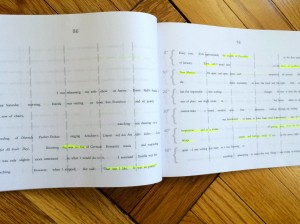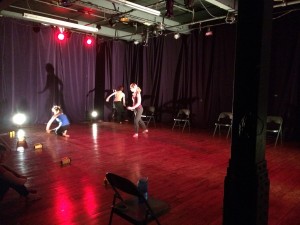
by Katie C. Sopoci Drake
Hey there. It has been a while, hasn’t it? Teaching, the day-job, kids, or just plain old life got in the way. Although you may have been showing others how to dance, practicing yoga, and even performing here and there, it’s not the same as taking class, so now you’re nervous as heck. Now, you don’t have any grand illusions of running off to audition for a national tour (been there, done that), but you wouldn’t mind brushing up on your technique, and making sure you can jump into the odd performance without tearing anything.
But here come the doubts. I don’t know where to go. All of my dance clothes are long gone. I don’t think I’ll be able to keep up. I don’t even know what level I am anymore. I really don’t want to be in an “adult” class with 12-year-olds.
Before I give you the pep talk, first things first… [Read more…]





 STORY/TIME is a three-part book that also serves as a companion piece to the Bill T. Jones/Arnie Zane Dance Company’s live production of Story/Time that will appear at New York Live Arts on November 4-8, 11-15 at 7:30pm. More information:
STORY/TIME is a three-part book that also serves as a companion piece to the Bill T. Jones/Arnie Zane Dance Company’s live production of Story/Time that will appear at New York Live Arts on November 4-8, 11-15 at 7:30pm. More information: 








